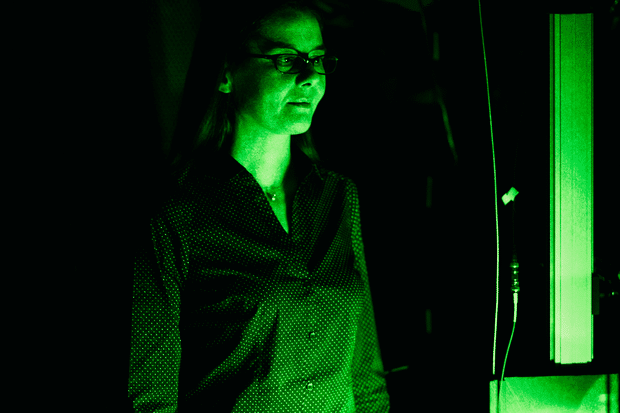Diamonds Could Help Unlock Quantum Computing
Ashley Allen / 8 years ago

The stumbling block when it comes to quantum computing – which aims to use the quantum-mechanical phenomena of entanglement and superposition in order to perform superfast computational operations without electronic transistors – is maintaining superposition (i.e. more than one physical state, simultaneously; think Schrödinger’s cat), but a team of researchers from the Massachusetts Institute of Technology (MIT) thinks the secret behind sustaining that state can be found in diamonds.
The MIT researchers have developed a feedback-control system, utilising synthetic diamonds, which can successfully maintain a quantum superposition, the process of which is detailed in a paper entitled “Coherent feedback control of a single qubit in diamond,” published in Nature.
“Instead of having a classical controller to implement the feedback, we now use a quantum controller,” Paola Cappellaro, Esther and Harold Edgerton Associate Professor of Nuclear Science and Engineering at MIT (pictured above), told ComputerWorld. “Because the controller is quantum, I don’t need to do a measurement to know what’s going on.”
The artificial diamonds used featured a “vacancy” – essentially, a missing carbon nucleus within the structural lattice of the jewel – which was exploited by swapping an adjacent carbon atom for a nitrogen atom, resulting in a nitrogen-vacancy (NV) centre. If the NV is exposed to a strong magnetic field – the MIT team fixed a magnet to the diamond – the centre’s electronic spin can then maintain a superposition of up and down at the same time. In this case, the NV centre was able to maintain its superposition for 1,000 times as long as previous experiments.



















